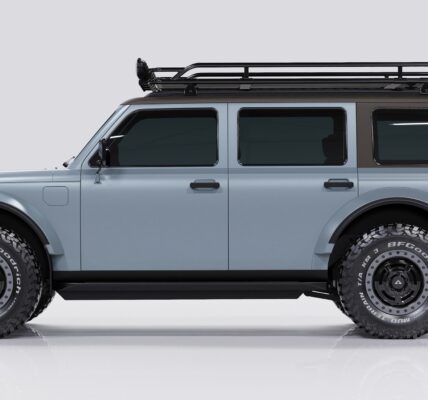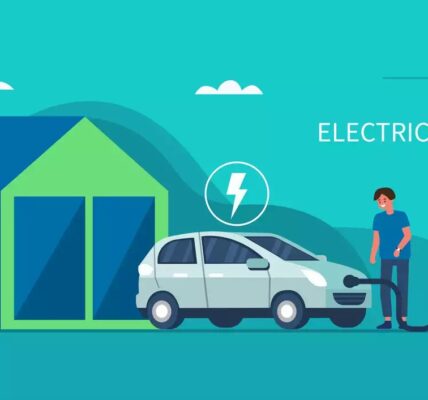Xponential Battery Materials (XBM) Develops Critical US EV Battery Cathode Material from Abundant Industrial Waste Byproducts
With the surge in adoption of Electric Vehicles (EVs), a glaring reality has emerged – there’s an acute shortage of domestically critical EV battery raw materials in the US, EU, and elsewhere. The EV lithium-ion battery (LIB) industry is at a turning point, looking to pivot from expensive and hard to source foreign materials to a new generation of US and EU made sustainable critical battery materials. Xponential Battery Materials (XBM) has developed a potentially transformative low-cost high-performance battery cathode material made from abundant petroleum and paper processing industrial waste byproducts.
In conventional Li-ion EV batteries, a battery is made up of cathode, electrolyte, and anode active materials, and roughly 80% come from China. In today’s US EV batteries, the cathode typically makes up of about 60% of the battery material cost due to the high cost of nickel, cobalt and other minerals. Every EV and li-ion battery OEM today is attempting to develop an EV battery with superior performance, lower cost and have more control over the critical battery materials supply chain. It has now become a US and EU economic and national security concern and priority.
Without access to domestically available critical raw battery materials US and EU EV OEMs must rely on a supply chain that is almost completely out of their control. Many key critical materials used in almost all US EVs, such as nickel, cobalt and others, are being mined and processed in foreign countries. The process of ethical mining and then actually producing the li-ion battery cells using either coal and/or fossil fuels, is not only expensive, but also highly polluting and non-sustainable.
The US and almost every other country on earth generates an extraordinary amount of industrial waste byproducts (i.e. millions of tons per year). The challenge has been how to turn these abundant and low-cost industrial byproducts into sustainable valuable materials.
By applying principles of circularity and innovative engineering, the experienced battery materials development team at XBM has taken something that would be an environmental hazard (typically burned) and turned it into a valuable critical resource. Enter CarbonX, a novel very high-capacity and low-cost porous carbon (cryogel) lithium-sulfur (Li-S) cathode active battery material. XBM takes abundant waste byproducts from petroleum (sulfur) and paper processing (lignin/tannin) industries to serve as critical domestic EV battery materials supply chain feedstocks.
Current technology commercialization and validation efforts by XBM have shown CarbonX to be one of the most sustainable high-performance cathode active materials (CAMs) with nearly double (2X) the capacity over competing EV battery cathode materials at less than one quarter (¼) of competing CAM cost. On a grand scale, the CarbonX Li-S cathode because of its 50% lower weight and very high energy density potential, is an ideal material fit for eAviation (i.e. eVTOLs), consumer electronics (smart phones), wearables, and especially in Next Generation Solid-State Batteries (SSBs).








